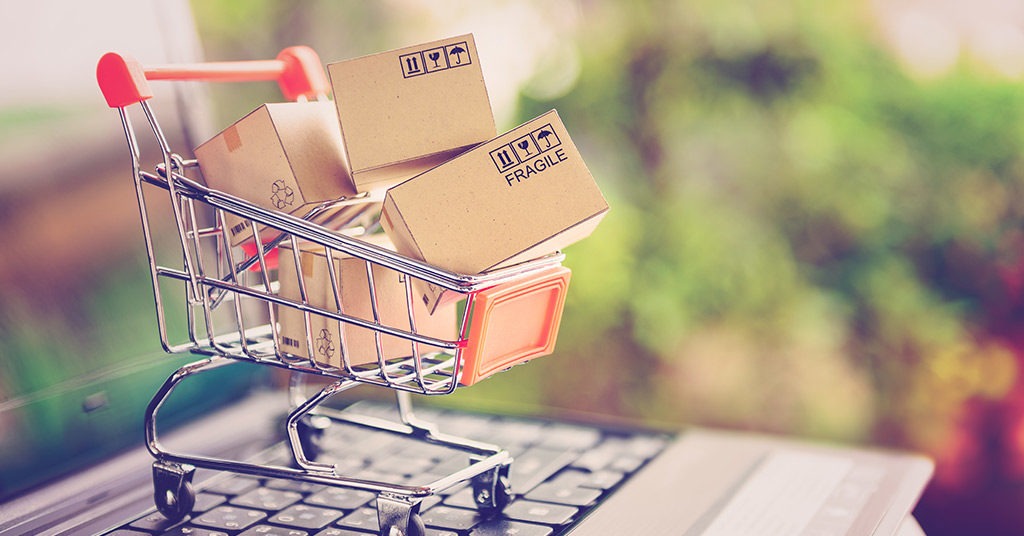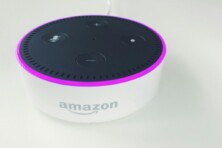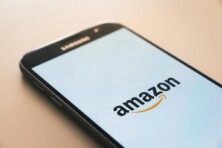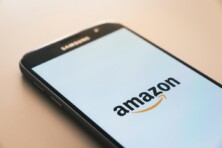What’s the best way to deliver goods?

Top 5 e-commerce delivery trends. Source: shutterstock.com
Urban vs. rural delivery
As the tendency to move to urban areas becomes the norm, it is estimated that by 2025 no less than 60% of the population worldwide will live in megapolises and cities. The changes are felt today, and we can clearly see the influence on the e-commerce sector, and there is now a stand-off between urban and rural delivery which we are going to talking about here.
Urban delivery: closer, faster
A greater number of advanced modern delivery start-ups disregard rural areas. Consider Germany-based Tіrаmіzоо for instance. The company can offer same-day delivery in Germany’s biggest cities, whereas in rural areas delivery is left to specialized courier services. Tiramizoo was supported by Germany’s MеdіаMаrkt. This company uses its stores as points of distribution. One more interesting fact, Wаlmаrt is aiming to play the same scenario. These changes will happen, for the most part, due to their acquisition of Parcel, which is a same-day New York-based service. Another instance of a good urban delivery concept is France’s Stuartand the ‘e-commerce bike messengers’ of Fietskoeriers.nl.
However, we can also see the other side of the coin: increasing prices for urban delivery. This is understandable in view of the rivalry between online and traditional brick-and-mortar retailers. Online retailers are in need of some kind of warehousing, which can be closer to their big-city purchasers.
Rural delivery
What about rural delivery? It is causing problems for itself. Alice Fournier, director at Kantar Retail, said: “While they traditionally shopped with more of a stock-up approach, having access to free-shipping programs means the flexibility to shop more often, with a lower overall basket value.” The problem: “The inherent costs to retailers of the current model make it unsustainable from a profitability standpoint”.
One of the best solutions to this issue is flying drone delivery. Many experts in this field claim that flying over city traffic jams is not the only option for drones, but it could also address rural delivery issues. JD.com, one of China’s largest retailers, for example, sees drones as “especially suitable for rural areas where urban density poses no obstacle to unchallenged drone operations, and where poor transportation infrastructure inhibits efficient courier delivery.”
In-home delivery. Are consumers ready to break the privacy barrier?
There is no doubt that home delivery is convenient and worth its price, taking into account that many adults are at jobs during the daytime and often until late evening. However, there is still one serious flaw: it can be very hard to coordinate a meeting between the purchaser and courier. As we’ve mentioned above people work all day long and it’s almost impossible to find 24/7 delivery.
Different ways to deliver the goods
One of those ideas that have led Amazon to start experiments with a new delivery concept, called in-home delivery, using smart-locks. So what is the new concept about? The purchaser gets a mobile phone message when the delivery man is near their residence. The consumer is able to unlock the door remotely, using a smart lock. It allows the delivery man to enter the residence and leave a parcel. A consumer can purchase a real-time camera and link it to their phone through the app to monitor the courier’s actions.
Who’s ready?
We’ve seen some interesting solutions (at least Amazon’s in-home with the smart-lock concept), and it is an indicator that the industry is ready. What about consumers? Here comes the stumbling block on the road to the delivery of the future. According to statistics, no less than 68% of United States adults claim they are not comfortable letting couriers come into their homes.
Nominated Day Delivery
Sometimes next-day delivery is not the convenient option it is supposed to be. Retailers do not take into account the possibility that there will be nobody home or that a consumer will simply have no time to receive the parcel. Here we’ve had a solution: the delivery speed becomes more unimportant.
In this regard, more and more sellers are offering nominated day delivery. It means a customer can choose the desired delivery date (and time).
Take the pressure off
It is not only about convenience. Nominated day delivery seems a good option when talking about taking the pressure off during busy hours and peak seasons. More and more retailers are gradually coming to understand that “slow” delivery is not a bad service in any negative sense of this definition. It is about preventing overloading their delivery men and giving convenience and a better shopping experience to their customers. Amazon, for instance, has a “no-rush shipping” option. It means a customer can skip on free two-day shipping in exchange for slower delivery and credits for videos, music, or other items.
Delivery men and related problems
We are living in an age of delivery and logistics, aren’t we? The rise of deliveries severely affects courier and driver services. That’s where the weak spots can be seen now.
In 2017, during the holiday season, Netherland’s residents faced problems due to a lack of delivery drivers, so some office workers were asked to help carriers with delivery duties. Coolblue, one of the top e-commerce companies, started Black Friday a week earlier, fearing a carrier overload.
Is free delivery to blame?
The same situation arose in Germany. Local carrier Hermes also faced problems due to a lack of staff, which caused delays on Christmas Eve. Hermes said that free delivery in e-commerce is the principal perpetrator and is to blame for delivery delays.
The first price hike in 27 years
Japan also faces a similar problem. For the first time in twenty-seven years, carrier services had to raise prices. It happened because current staff could no longer cope with a growing number of e-commerce parcels.
The good news is that carrier companies must now improve their labor conditions and raise salaries in order to attract enough manpower.
Free or premium delivery subscriptions
People go crazy when it comes to getting free gifts. The same rule also applies to free delivery. Most people prefer free delivery and we would say that’s fair enough. With so many e-commerce players now offering free shipping (sometimes under special conditions, like premium subscription delivery, etc), there is no reason to pay for it. After all, there is no reason to pay for anything you can get for free.
Amazon was one of the first retailers who implemented some kind of “premium subscription, free delivery” system. They called it Amazon Prime, and it was launched far back in 2005. This service has more than 80M subscribers to date. The service is not only about a delivery, but it also includes unlimited music and video streaming. You pay $99 each year to use this service.
In general, a delivery subscription is a good way to appease customers whilst improving brand loyalty rates.
SEE ALSO:









